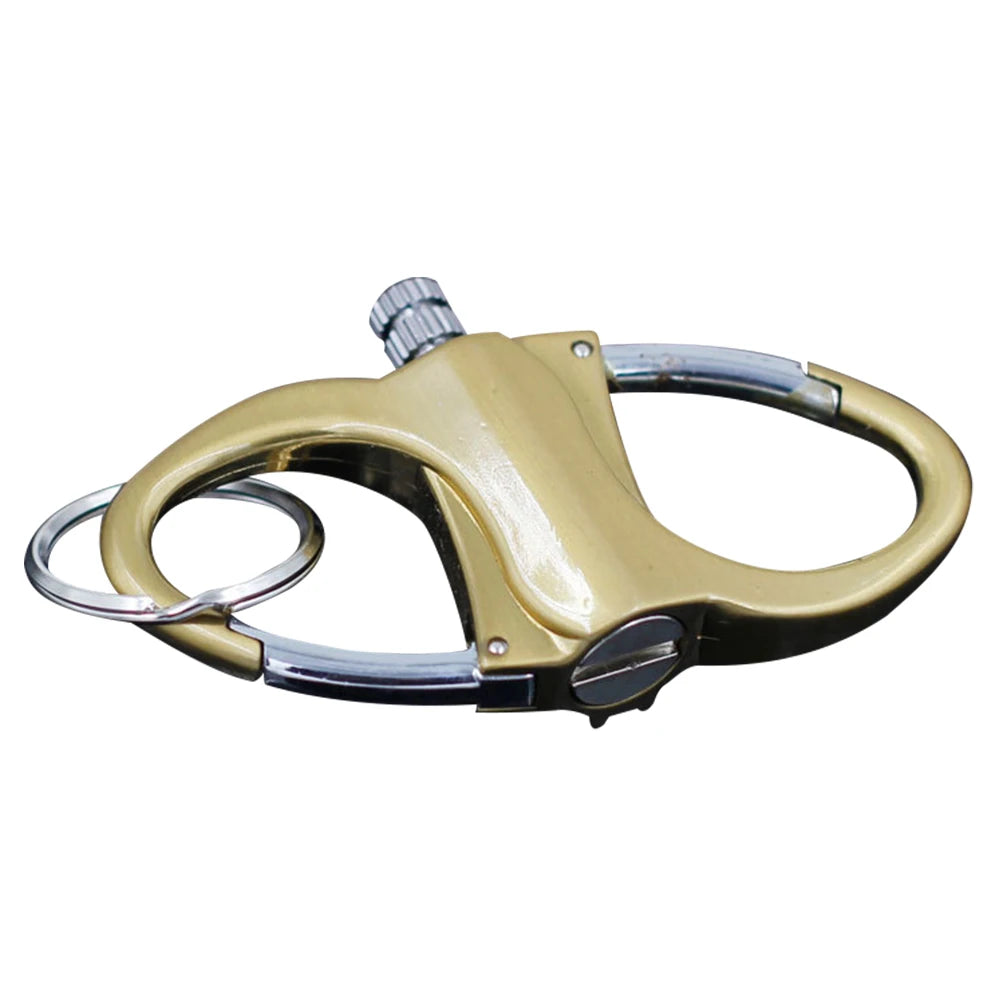
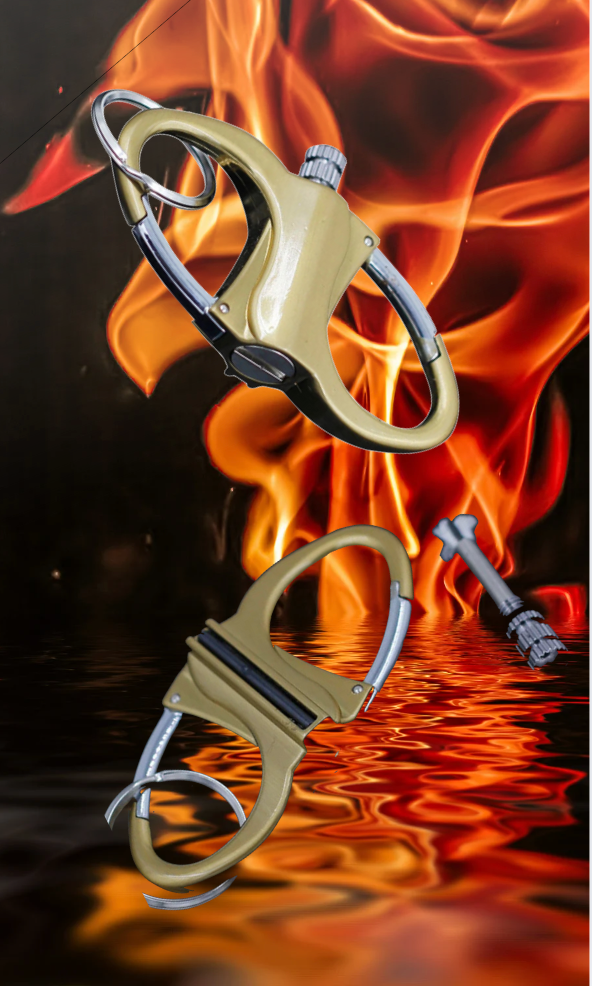
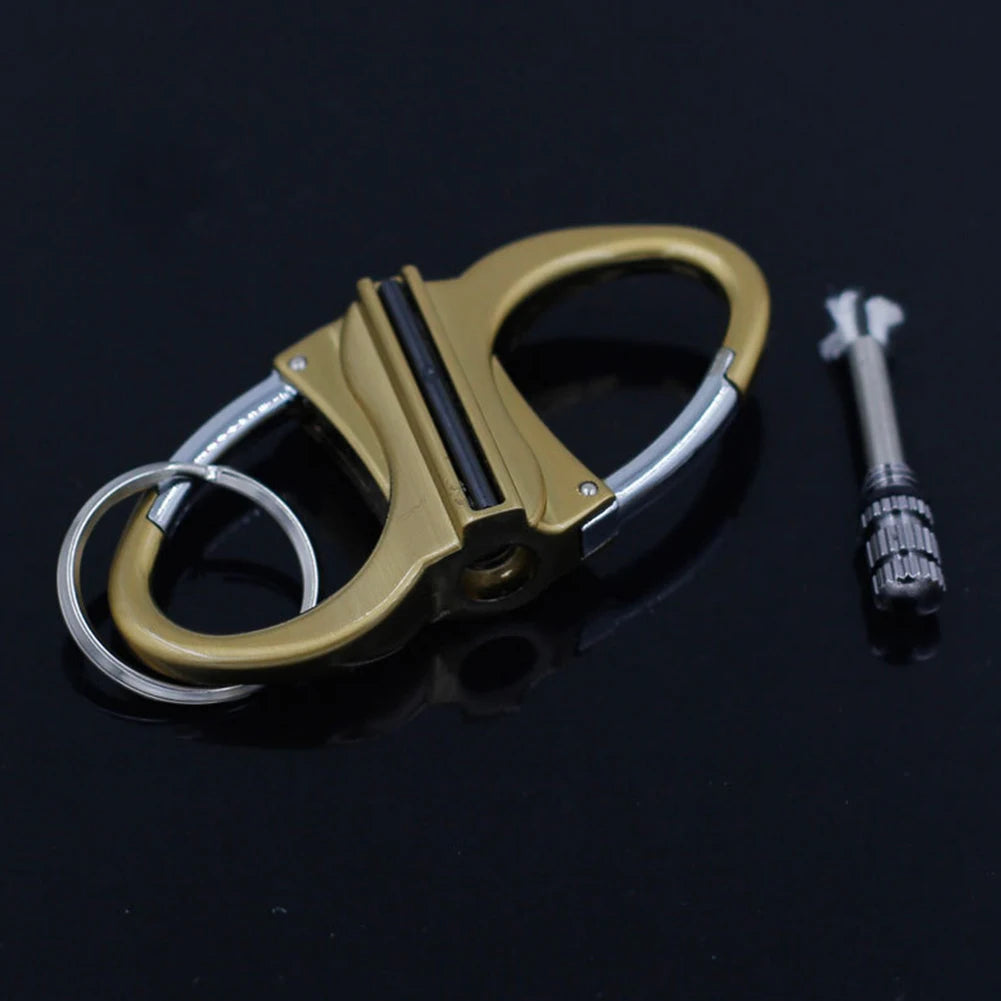
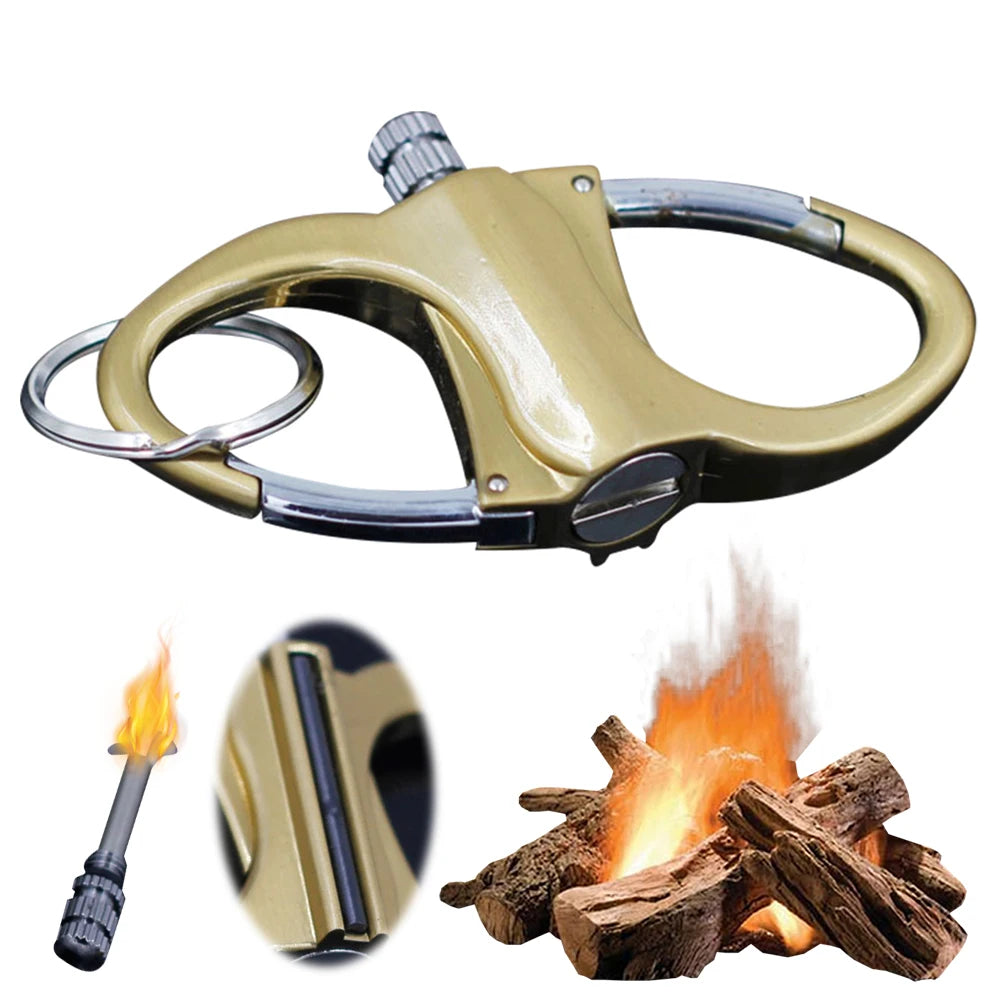
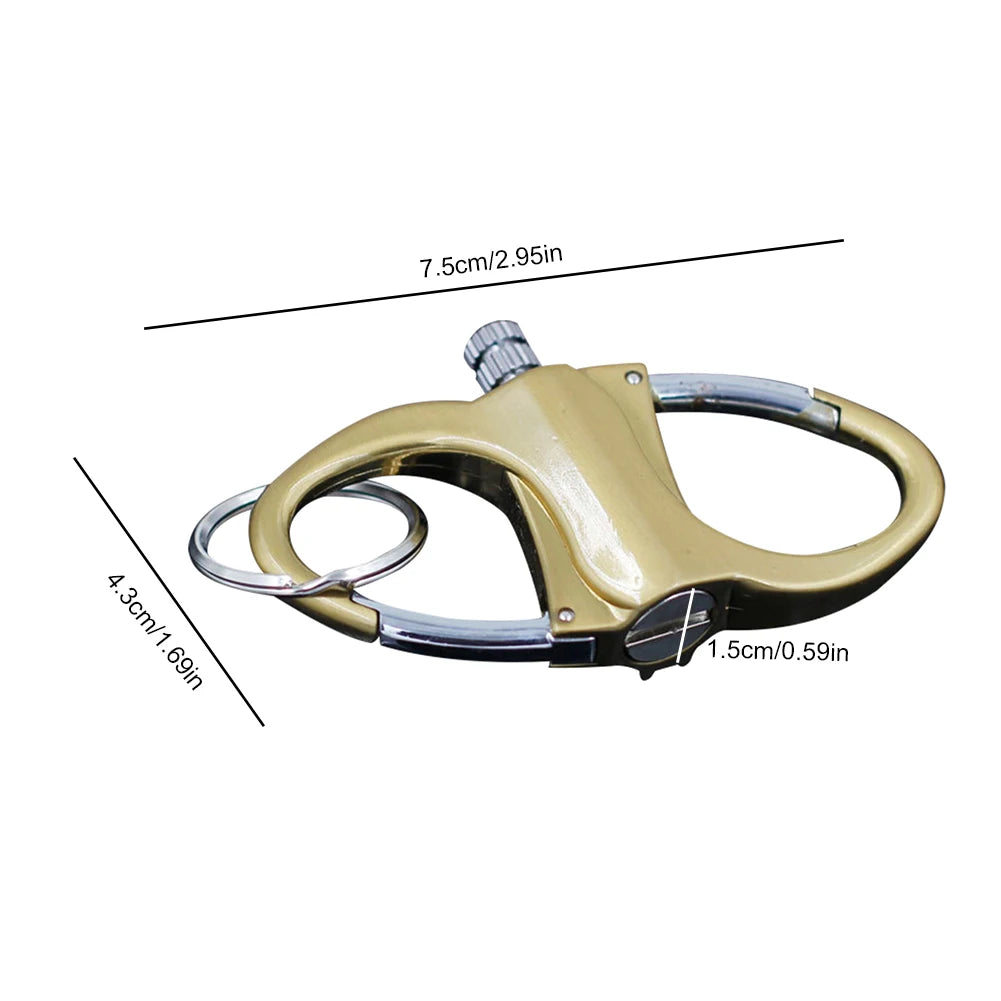

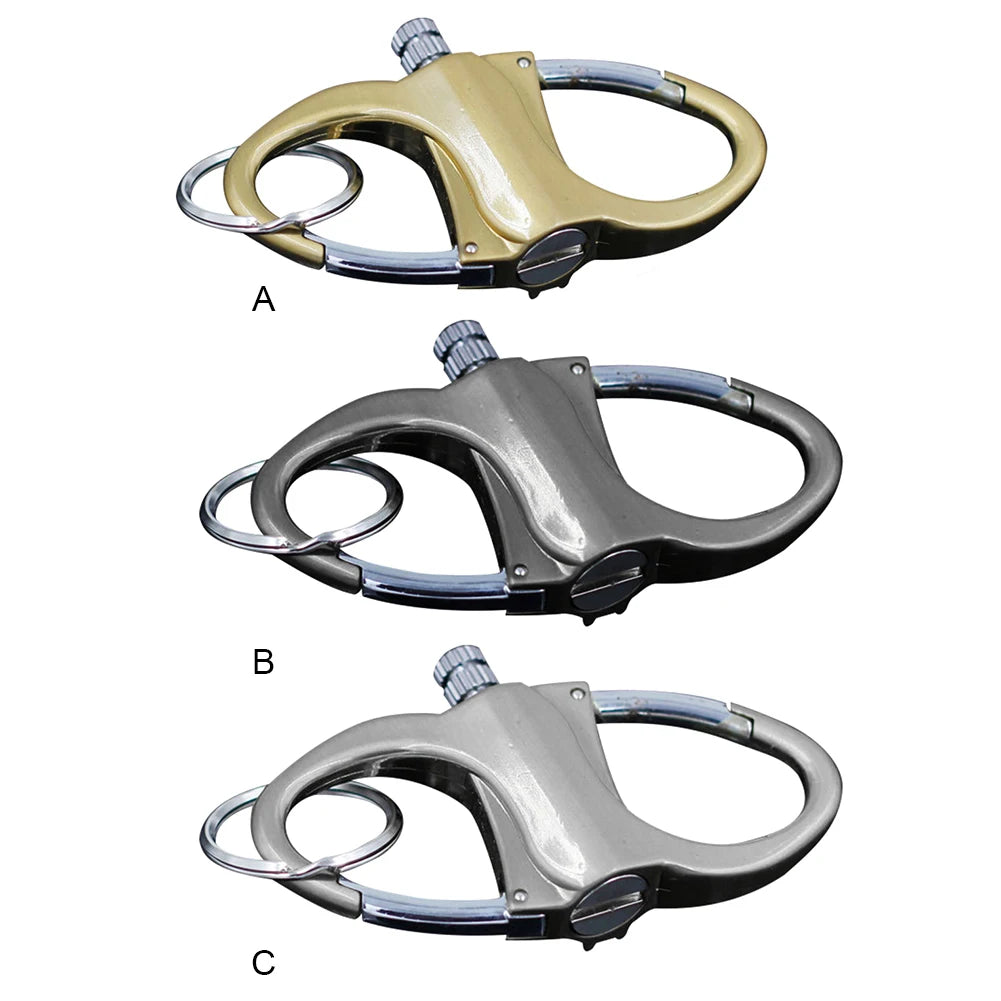
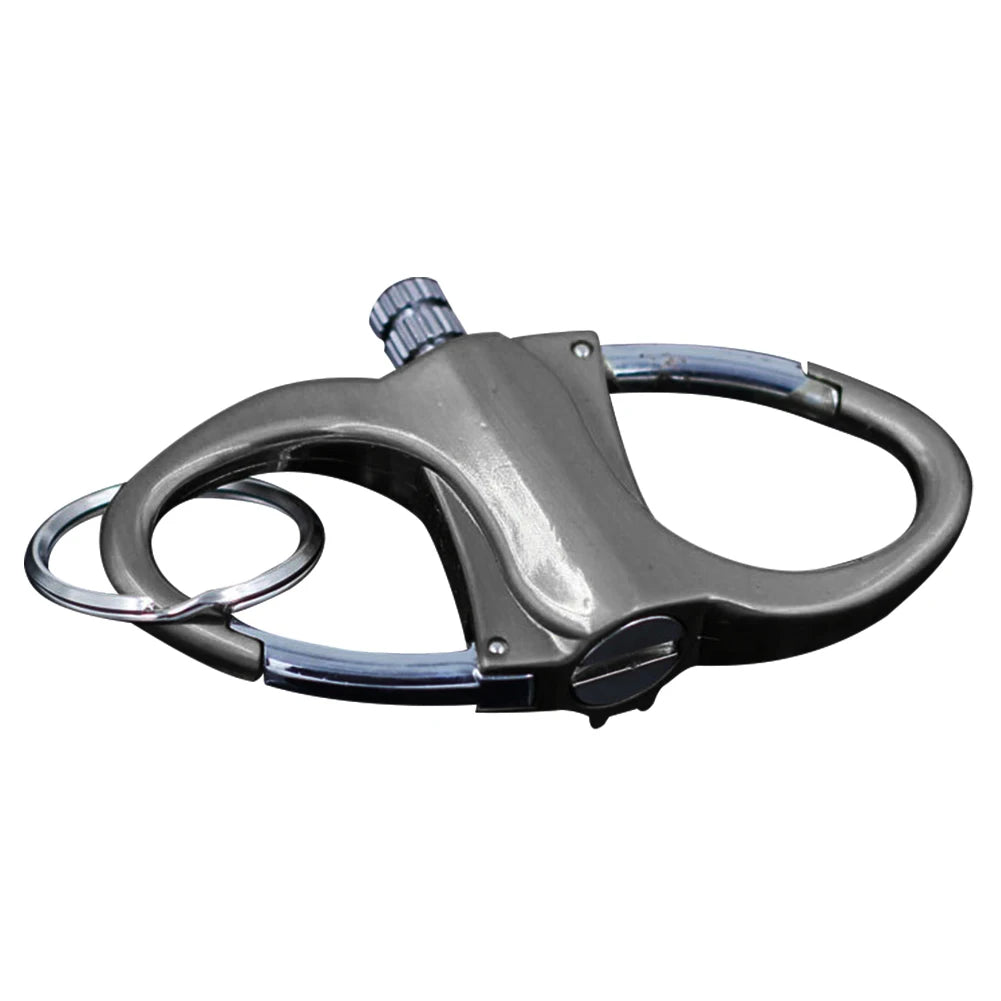
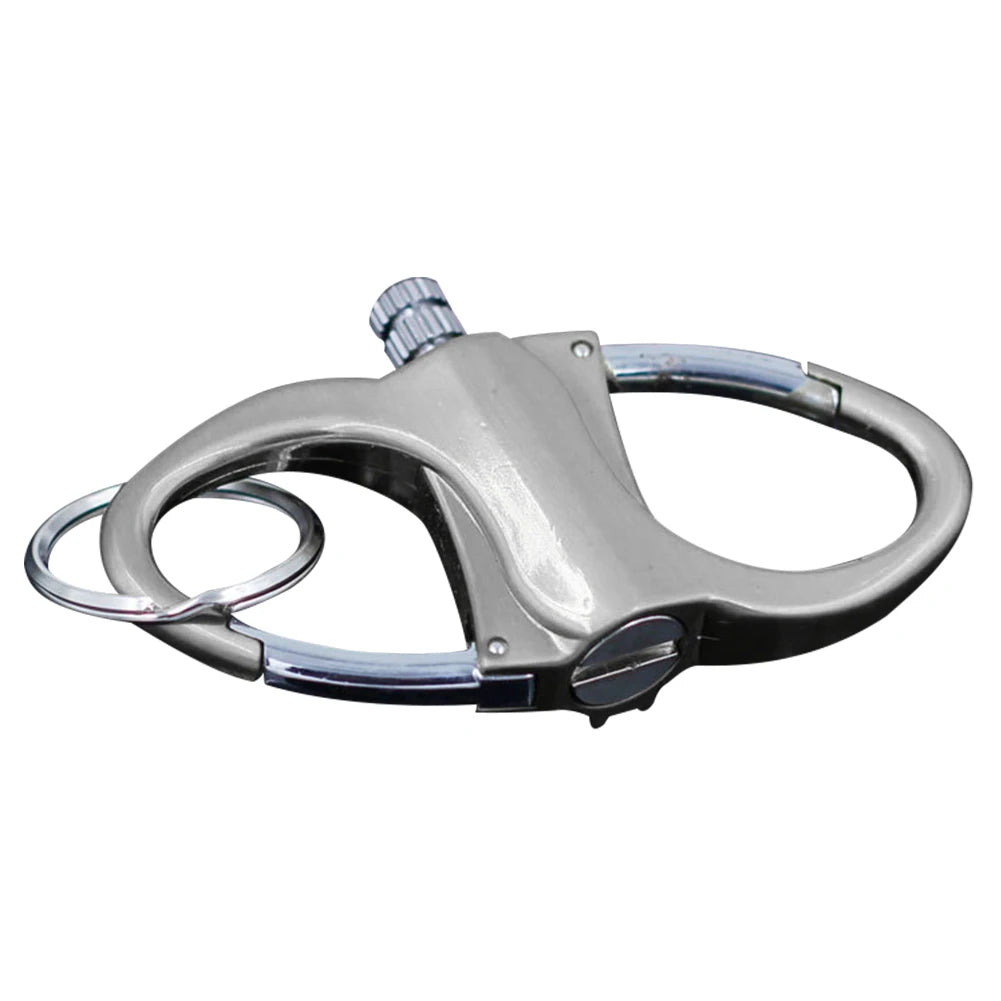
Frequently Asked QuestionasSparkTrek
This product uses a metal body containing a small wick or flint system that you ignite by striking or spinning a part (often the outer sleeve or rod) against a built‑in striker. Unlike disposable lighters, it doesn’t rely solely on butane gas — it is designed to be refuelled (for example with kerosene or lighter‑fluid) and reused for many ignitions.
It’s built rugged for outdoor use: many versions claim “10,000 strikes” or “works in wet or cold conditions”.
Before first use: you’ll usually need to insert some lighter‑fluid or kerosene into the wick chamber so the fuel is absorbed—this enables the flame/ignition mechanism to work.
For ongoing use:
- Refill the fuel as required (when the flame becomes weak or fails to ignite).
- Keep the product dry and protected from heavy moisture to maintain performance and prevent corrosion.
- If using in wind, rain or cold, ensure the wick is saturated and the striker is clean. Some users report that if the flint rod or striker area is damp or contaminated, the lighter may mis‑ignite.
- Tighten the cap/key ring area so fuel doesn’t evaporate or leak.
Yes — that is one of the main selling points. Because it’s compact, metal‑bodied, keychain‑mounted and built for rugged conditions (wet/cold) it’s well suited for outdoor, travel, camping or emergency kits.
However:
- Since it is fuel‑based, treat it like any lighter: keep away from children unsupervised, avoid exposing to high heat or leaving fuel exposed in car on hot days.
- If you’re carrying it in planes or across jurisdictions, check local regulations about fuel‑filled lighters or flammable liquid containers.
- Because it uses a “match‑style” ignition mechanism, it may require more consistent technique than a standard disposable lighter, so occasional practice and awareness are helpful.
Yes — 100% waterproof and windproof, with a screw‑cap, O‑ring seal, and alloy body for reliable performance even in damp or rainy conditions.
Real Results, Real Reviews








